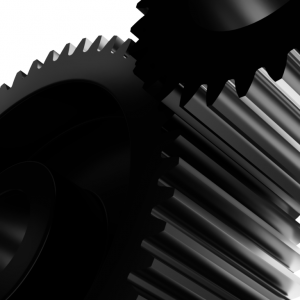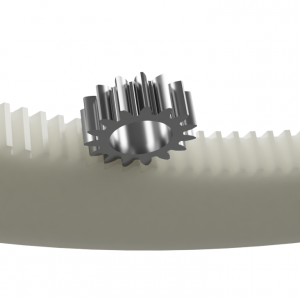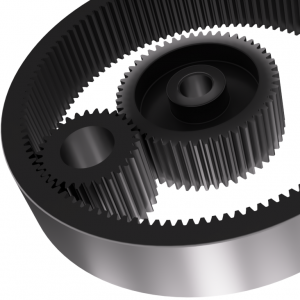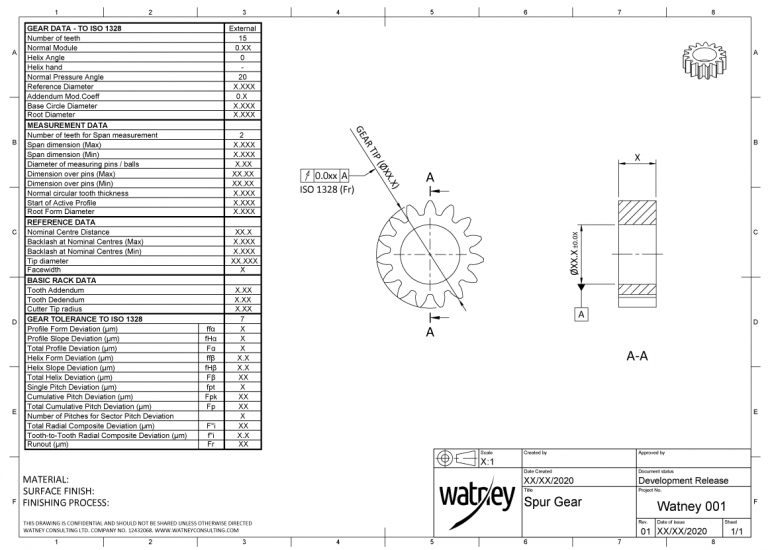Why design from scratch?
The world of gear design is a complex and nuanced space. A properly optimised gear drive can be quieter, stronger, smaller, more efficient, lighter, cheaper to mass manufacture, and longer lived than when relying on standard ISO profile gears.



Watney Consulting has specialist capability of designing gear drive systems from scratch, be that a heavyweight 2-stage parallel axis system from an electric car, or a plastic two-stage epicyclic to be hidden inside a vacuum cleaner brush-bar.
We have contacts in the world of gear manufacture, from small volume representative prototypes through to mass production.
Standards and Limitations
In ISO nomenclature, the gear is defined by its module, helix angle, pressure angle and its number of teeth. A helix angle of zero is a straight cut gear. Any two spur gears of the same module & pressure angle and opposite helix angle will mesh.
Standard ISO gears are readily available and will give you a drive with the ratio you need.
But then things get complex…
What if the drive is too noisy? What if it gets too hot? What is the weakest link in the drive? What will you redesign when it fails?
All of these things can be simulated, predicted and the design refined to optimise it.
Get in touch to discuss your Gear Design needs
Refining the Design
Accurate predictions for drive life can be made which include not only the mean time till failure, but the types of damage that will occur, and on which gear. Design points can include static and shock loading on non-back-driveable systems, where a safety factor is provided for both surface damage and outright failure. The simulation will even tell you which gear in a system should be made to float slightly to accommodate assembly tolerances – especially useful in an epicyclic.
From all this data, gear specification drawings can be created…
Adjustment Capability
Adjustments to the gears include:
- tooth width
- tooth depth
- pressure angle
- helix angle
- the profile of the edges of the tips
- the profile at the base of the spaces
you then choose…
- gear material
- treatment applied to the finished gear
- manufacturing process
in addition…
- casing design can be optimised to account for the stresses imparted during operation such that optimised mesh occurs at the most stressful load points
- bearings and bearing surfaces requirements can be generated based on the forces exerted by the drive as well as the torques transmitted
Get in touch
What this process can’t do is tell you that your specification is correct. We’re happy to discuss even relatively vague requirements in order to help guide the specification and testing regimen – perhaps through developing a drive based on the best available specification, but which can be refined as testing progresses.

